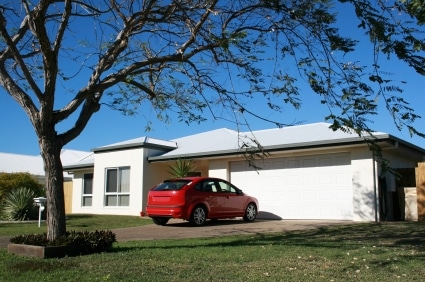Want to have the best-dressed house on your street? Cement rendering is a quick, easy and cost-efficient way of giving your home’s daggy ’80s facade a modern makeover.
When we think about updating our homes, it’s normally all about the fun interior reno stuff, with little thought given to the all-important exterior. We’ve all heard the expression, “don’t judge a book by its cover,” but we all know that people do anyway, so presenting a home with loads of street appeal is absolutely crucial.
Whether you’re renovating to sell, wanting to add capital or just looking for a nice change, you should consider cement rendering your home. Giving your abode a lovely, refreshed look, a rendered home gives visitors (or potential buyers) a great first impression – that’s hopefully long-lasting.
What’s involved?
To help you understand the cement rendering process (and so you know what your concrete is up to), we’ve detailed the basic steps involved:
- Clean all surfaces (preferably with a high-pressure hose)
- Prepare the cement render mixture (a combination of sand, cement, plaster, water, by col and colouring)
- Use a trowel to render the surface (aim for 10mm thickness)
- Smooth the surface with a sponge float as it drys (1-2 hours after application)
- Paint
Leave it to the experts
While DIY cement rendering is possible, there are lots of things that can go wrong. “Trowelling”, the technique used to apply render, is a real skill and not something that can be picked up easily by at-home amateurs. Put quite simply, if the render isn’t put on flat, it will fall off. Fixing a dodgy cement rendering job can be an extremely costly exercise, and to prevent excessive cracking, it sometimes needs to be completely re-done.
So, make sure you consider the pros and cons carefully before going down the DIY path – or, for guaranteed peace of mind, call in the experts!
